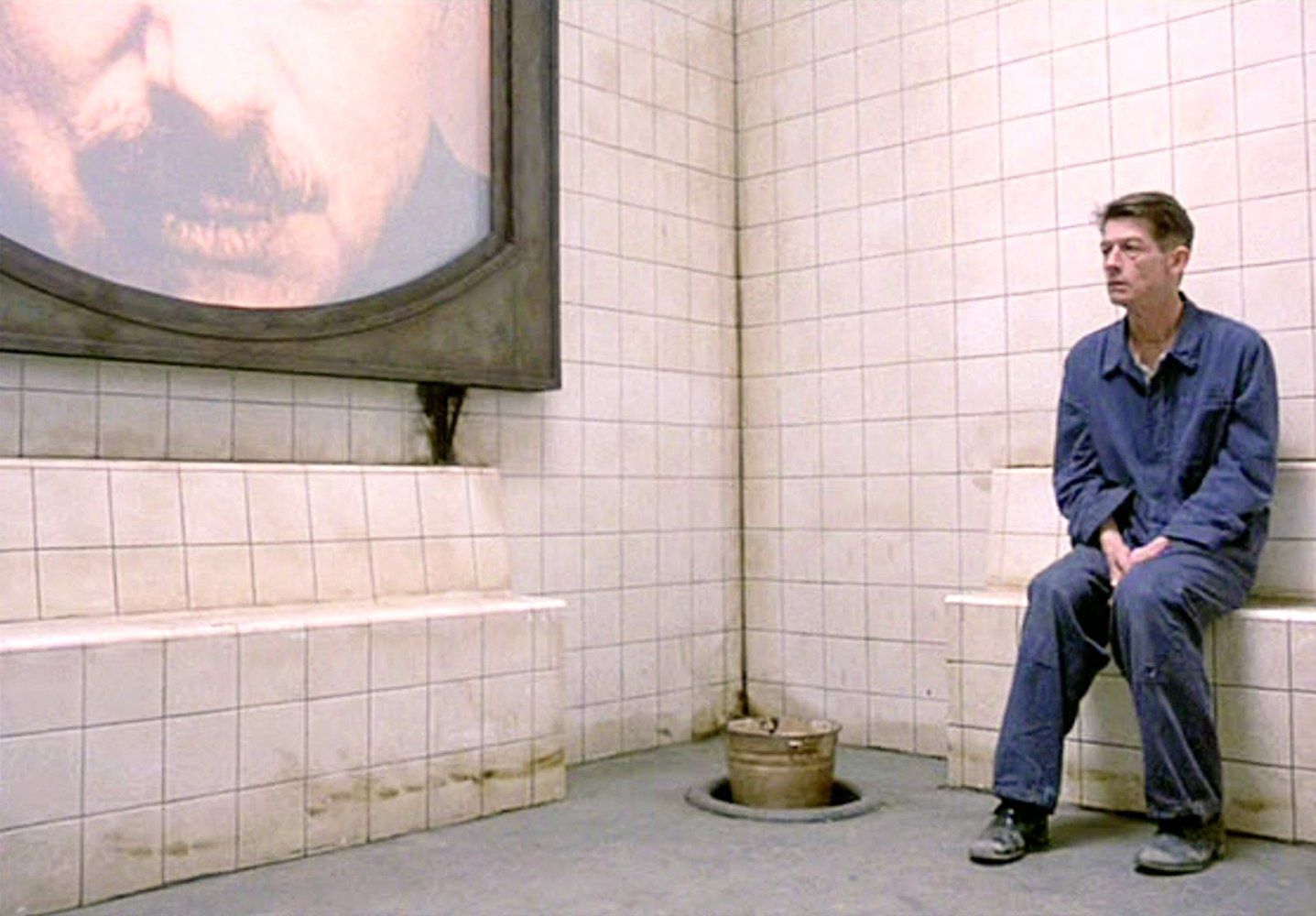Understanding Different Types Of Briefs: A Practical Guide

Table of Contents
Project Briefs: Defining Scope and Objectives
A project brief serves as the foundational document for any project, outlining the scope, goals, and deliverables. It acts as a roadmap, ensuring everyone involved is on the same page from the outset. A well-written project brief minimizes misunderstandings and keeps the project on track. Key elements of a strong project brief include:
- Project Goals and Objectives (SMART goals): These should be Specific, Measurable, Achievable, Relevant, and Time-bound. Vague goals lead to ambiguous results.
- Target Audience: Clearly define who the project is intended for. Understanding your audience informs design, messaging, and functionality.
- Timeline and Milestones: Establish a realistic schedule with key milestones to track progress and manage deadlines effectively. Include deadlines for deliverables and key decision points.
- Budgetary Constraints: Outline the available budget and how it will be allocated across different project phases. This helps prevent cost overruns.
- Key Performance Indicators (KPIs): Determine how the success of the project will be measured. KPIs should align directly with the project goals.
- Deliverables: Specify exactly what needs to be produced by the end of the project. This could include reports, software, designs, or other tangible outputs.
Example: A project brief for developing a new website would detail the website's purpose, target audience, features, design specifications, content requirements, launch date, and budget.
Marketing Briefs: Crafting Effective Campaigns
Marketing briefs focus on the strategic aspects of a marketing campaign. They detail the target audience, marketing objectives, strategies, and channels used to achieve specific marketing goals. A comprehensive marketing brief ensures a cohesive and effective marketing strategy. Key components include:
- Marketing Objectives (e.g., increase brand awareness, generate leads): Define what you want to achieve with your campaign, using quantifiable metrics whenever possible.
- Target Audience Segmentation (demographics, psychographics, behaviors): Go beyond basic demographics. Understand your audience's values, lifestyle, and online behavior.
- Marketing Channels (e.g., social media, email, print): Identify the most effective channels to reach your target audience.
- Messaging and Tone of Voice: Establish a consistent brand voice and messaging that resonates with your target audience.
- Budget Allocation: Detail how the marketing budget will be distributed across different channels and activities.
- Campaign Timeline and Measurement: Outline the campaign schedule and how its success will be tracked and measured.
Example: A marketing brief for a social media campaign would specify the platform(s), target audience demographics and interests, campaign goals (e.g., increase followers by 20% in three months), content strategy, budget, and key performance indicators (e.g., engagement rate, reach).
Design Briefs: Visualizing the Concept
Design briefs are crucial for any visual project, ensuring the design aligns with the project's goals and the brand's identity. They translate abstract concepts into concrete visual directions. A strong design brief clarifies the aesthetic direction, style, and overall look and feel of the final product. Key elements include:
- Project Goals and Objectives (visual communication goals): What message should the design communicate? What feeling should it evoke?
- Target Audience (aesthetic preferences): Consider the audience's tastes and preferences when defining the visual style.
- Style Guide and Brand Guidelines: Ensure consistency with existing branding elements.
- Mood Board and Inspiration: Provide visual examples to guide the design process.
- Key Deliverables (e.g., logo design, website mockups): Clearly define what design assets are required.
- Technical Specifications: Outline technical requirements, such as file formats, dimensions, and color palettes.
Example: A design brief for a logo redesign would include the company's history, brand values, target audience, competitors' logos, desired style and mood, and technical specifications for the final logo files.
Creative Briefs: Unleashing Imagination
Creative briefs differ from project and design briefs by focusing on the "big idea." They're more free-flowing and inspirational, encouraging creative thinking and problem-solving. They provide the context and inspiration for creative teams to develop innovative solutions. Key elements often include:
- The "Big Idea" or core concept: The central theme or message that will guide the creative work.
- Target Audience insights and motivations: A deep understanding of the target audience's needs and desires.
- Desired emotional response: What feeling or reaction should the creative work evoke?
- Brand personality and voice: Maintain consistency with the brand's existing personality and tone.
- Creative constraints and considerations: Outline any limitations or challenges that the creative team needs to address.
Example: A creative brief for an advertising campaign would outline the campaign's objectives, target audience, desired message, brand personality, and any creative limitations (budget, time constraints, etc.).
Legal Briefs: Ensuring Compliance and Clarity
Legal briefs are essential for projects with significant legal implications. They outline the legal requirements, contractual obligations, and potential legal risks. They ensure compliance with relevant laws and regulations and protect the interests of all parties involved. Key aspects include:
- Legal requirements and compliance: Identify all relevant laws and regulations that apply to the project.
- Client expectations and contractual obligations: Clearly define the client's expectations and the contractual agreements.
- Dispute resolution mechanisms: Establish procedures for resolving any disagreements or disputes.
- Intellectual property rights: Outline the ownership and usage rights of intellectual property.
Example: A legal brief for a software development project would detail the intellectual property rights, licensing agreements, data privacy regulations, and dispute resolution procedures.
Conclusion
We've explored several different types of briefs: project, marketing, design, creative, and legal briefs. Each serves a distinct purpose, yet they all share a common goal: to provide a clear and concise roadmap for successful project execution. Selecting the appropriate brief type for your specific project is crucial for ensuring clarity, efficiency, and ultimately, achieving your objectives. Mastering different types of briefs is crucial for effective project management. Download our free template for creating marketing briefs and streamline your project workflow today! Learn more about understanding different types of briefs and choosing the right one for your needs.

Featured Posts
-
 Netflixs Cobra Kai A Deep Dive Into Its Karate Kid Legacy
May 23, 2025
Netflixs Cobra Kai A Deep Dive Into Its Karate Kid Legacy
May 23, 2025 -
 Meciul Georgia Armenia Scor Final 6 1 In Liga Natiunilor
May 23, 2025
Meciul Georgia Armenia Scor Final 6 1 In Liga Natiunilor
May 23, 2025 -
 Popular C Beebies Bedtime Stories Characters And Narratives Your Child Will Love
May 23, 2025
Popular C Beebies Bedtime Stories Characters And Narratives Your Child Will Love
May 23, 2025 -
 Freddie Flintoffs Month Long House Confinement After Top Gear Crash
May 23, 2025
Freddie Flintoffs Month Long House Confinement After Top Gear Crash
May 23, 2025 -
 The Karate Kid Exploring The Themes Of Mentorship And Self Discovery
May 23, 2025
The Karate Kid Exploring The Themes Of Mentorship And Self Discovery
May 23, 2025
Latest Posts
-
 Check Before They Re Gone Movies Leaving Hulu This Month
May 23, 2025
Check Before They Re Gone Movies Leaving Hulu This Month
May 23, 2025 -
 Julianne Moore Stars In Siren Trailer 1 Review Dark Comedy Series
May 23, 2025
Julianne Moore Stars In Siren Trailer 1 Review Dark Comedy Series
May 23, 2025 -
 Hulus Departing Movies A Quick Guide For Month Year
May 23, 2025
Hulus Departing Movies A Quick Guide For Month Year
May 23, 2025 -
 Month Year S Hulu Movie Departures What To Watch Before They Go
May 23, 2025
Month Year S Hulu Movie Departures What To Watch Before They Go
May 23, 2025 -
 Netflixs Sirens Trailer Milly Alcocks Supergirl And Julianne Moores Cult
May 23, 2025
Netflixs Sirens Trailer Milly Alcocks Supergirl And Julianne Moores Cult
May 23, 2025
